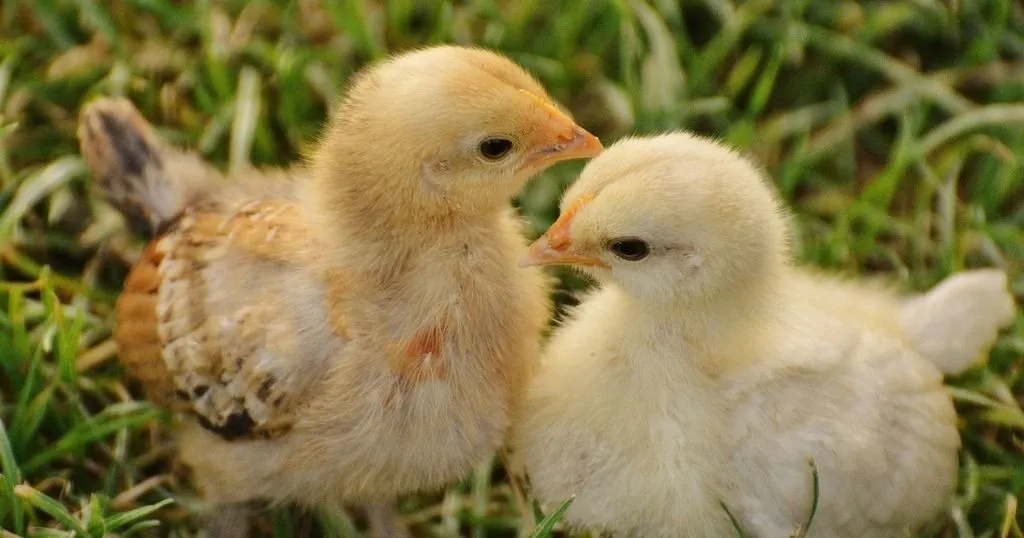Robust and reliable: Measuring anxiety in the Elevated plus maze
Screening of anxiety-like behavior in the elevated plus maze becomes more reliable with Ethovision XT combined with the standardization of testing parameters and common practices.
Posted by
Published on
Thu 08 Jul. 2021
Topics
| Anxiety | Elevated Plus Maze | EthoVision XT | Mice | Rats | Video Tracking |
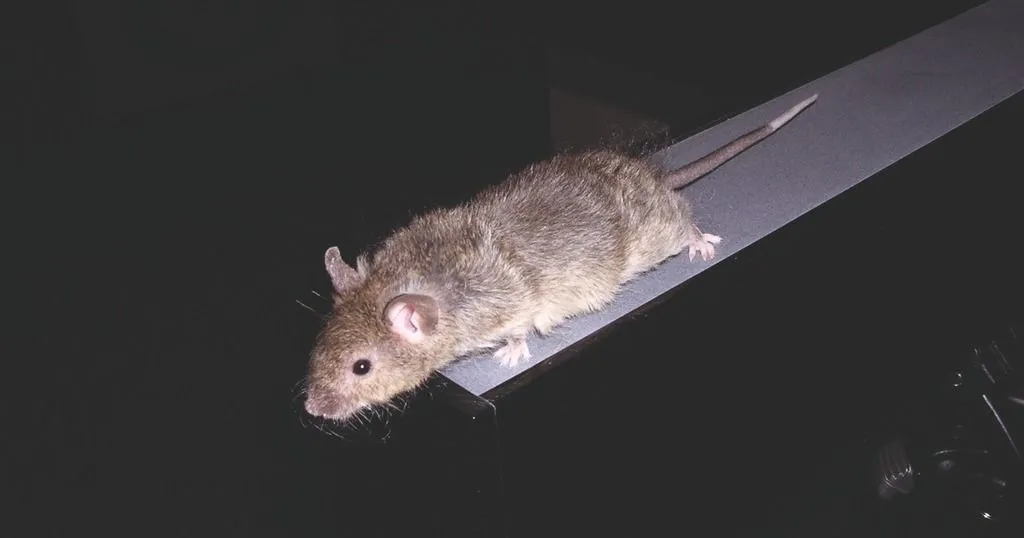
Animals models of anxiety often rely on the simply designed ‘elevated plus maze’. Two open and two closed arms allow researchers to look into a number of anxiety related behaviors with great speed, efficiency and reproducibility, which further standardization can improve.
Lighting conditions, circadian rhythmicity, housing conditions, habituation methods, scoring methods and observer bias are all topics of debate among the scientific community.
EthoVision XT
Automated tracking software, such as Noldus’ EthoVision XT, has already provided a great step in removing observer-bias and standardizing scoring methods in order to increase reliability and reproducibility of this test. Researchers in various locations can use shared setups and software settings to accurately compare the outcomes and reduce inter-laboratory variation of this test. In order to achieve this ‘universal template’ however, a few considerations have to be made.
The importance of diffuse lighting
In order to standardize tracking settings, lighting should be as equal as possible across labs, preferably as diffuse as possible. Rodents however show a specific anxiety-like phenotype according to light intensity (measured in lux). In very slight to no lighting at all (0 – 1 lux) time spent in the open arms is significantly higher compared to the all-or-none threshold starting from around 2 lux [1].
The elevated plus maze is highly motivated by thigmotaxis; the tendency to be close to vertical surfaces, which in turn is far more reliant on tactile inputs compared to vision [2].
Video capturing also benefits from dim lighting or complete darkness, since IR-backlighting provides great visibility and mouse-to-arena contrast in these low lighting conditions. Lighting can thus be considered a tool in the elevated plus maze, as it can be tweaked based on the sensitivity to light-induced anxiety of different strains and species.

To test in complete darkness or not?
Active- or rest-phase testing has always been a great debate among researchers. Rats and mice are nocturnal animals, meaning they are most active in the dark phase and rest during the light phase.
With a regular day/night cycle, animals tested will be most active in the evening, followed by the afternoon, followed by the morning. Using a reversed day/night cycle, animals will show higher activity in the morning.
A reversed cycle however requires working under red-light conditions, which is considered to be bothering to some researchers. In many cases it is thus a matter of within-laboratory logistics and/or planning of the experiment.
A pragmatic approach seems most adequate; counterbalancing the testing order during the day, but avoiding the beginning of the rest phase, which causes animals to appear groggy, showing little activity.
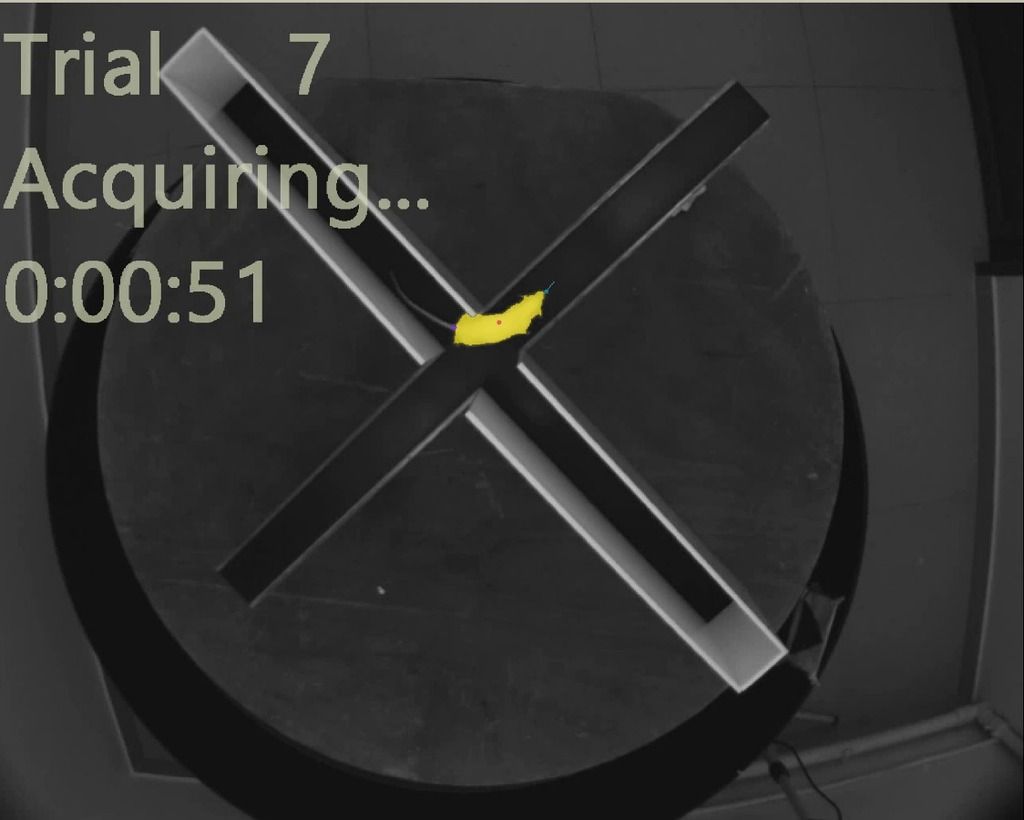
Common practices to consider
- Habituation to a testing room (if separate from housing room) is a common practice before most behavioral tests, usually for a duration between 30 minutes to 1 hour. The elevated plus maze is no exception to this general rule-of-thumb, moreover because the main outcome parameter being anxiety-like behavior, it should receive extra attention.
- Group housing is commonly implemented in rodents since rats and mice are social animals. Animals are however individually placed into the testing apparatus which can create a testing-order effect, as a stressful reaction to the sudden exclusion of a cage mate can greatly impact anxiety-like behavior.
This can be circumvented by true randomization of this testing order, or also perform habituation to a brief period of social isolation (± 10 minutes) prior to the test.
Furthermore, group housed rats and mice establish social hierarchies, which in turn also affects anxiety-like behavior. It is thus important to quantify these hierarchies, preferably after the completion of other behavioral tests.
Most importantly is that it should be clear to not directly compare data from individually versus group housed animals. - Cleaning the testing arena after each test is usually done with a 30-70% solution of ethanol.
This can also be done, fully drying afterwards, with water or an acetic acid solution.
The key with cleaning the arena is to make sure the starting situation is the same for all animals, as it homogenizes the scent of previous animals across the arena. - Avoid behavioral testing on days when home cages are cleaned, animals are weighed and/or food is changed as this can typically increase stress and activity, affecting the outcomes of the elevated plus maze.
When intervention and/or handling on day of testing is unavoidable, it is also possible to expose every group/animal to the same situation, which can standardize the outcome.
The elevated plus maze is seen as a simple anxiety screening test. Researchers should however pay great attention to fully describe the circumstances, whether they are standard or special, in their experimental methods, since the perceived simplicity of this test does have some pitfalls.
Detailed reporting can ensure consistency, but also serve as a great way for other researchers to discover the cause of certain variations in the elevated plus maze and learn from them for further experiments.
References
[1] A. M. B. Garcia, F. P. Cardenas, and S. Morato, “Effect of different illumination levels on rat behavior in the elevated plus-maze.,” Physiol. Behav., vol. 85, no. 3, pp. 265–270, Jun. 2005, doi: 10.1016/j.physbeh.2005.04.007.
[2] G. B. Filgueiras, E. F. Carvalho-Netto, and C. Estanislau, “Aversion in the elevated plus-maze: role of visual and tactile cues.,” Behav. Processes, vol. 107, pp. 106–111, Sep. 2014, doi: 10.1016/j.beproc.2014.08.005.
Related Posts
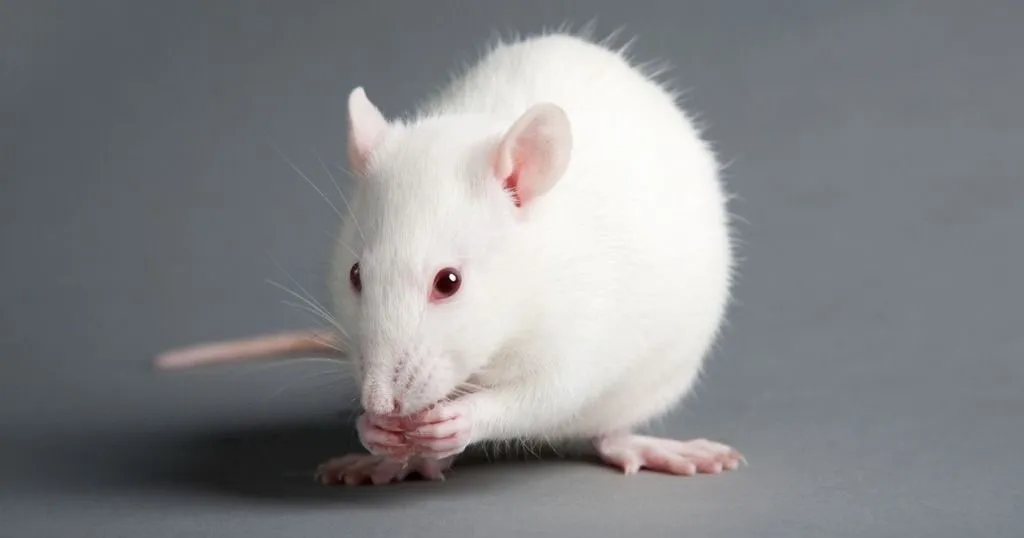
Zinc deficiency, depression and electrical signals in the brain
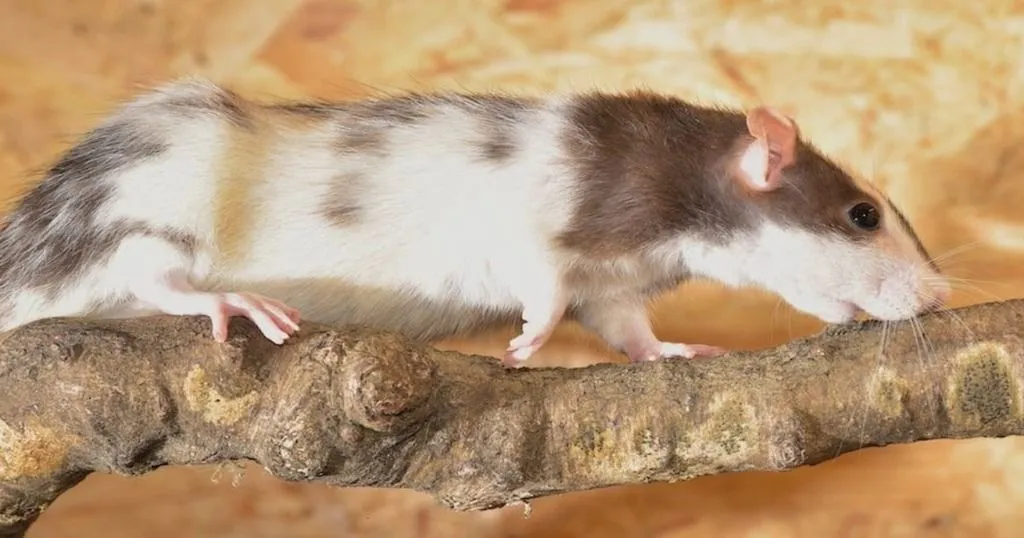
Depressed with a failing reward system: social stress disrupts brain waves
